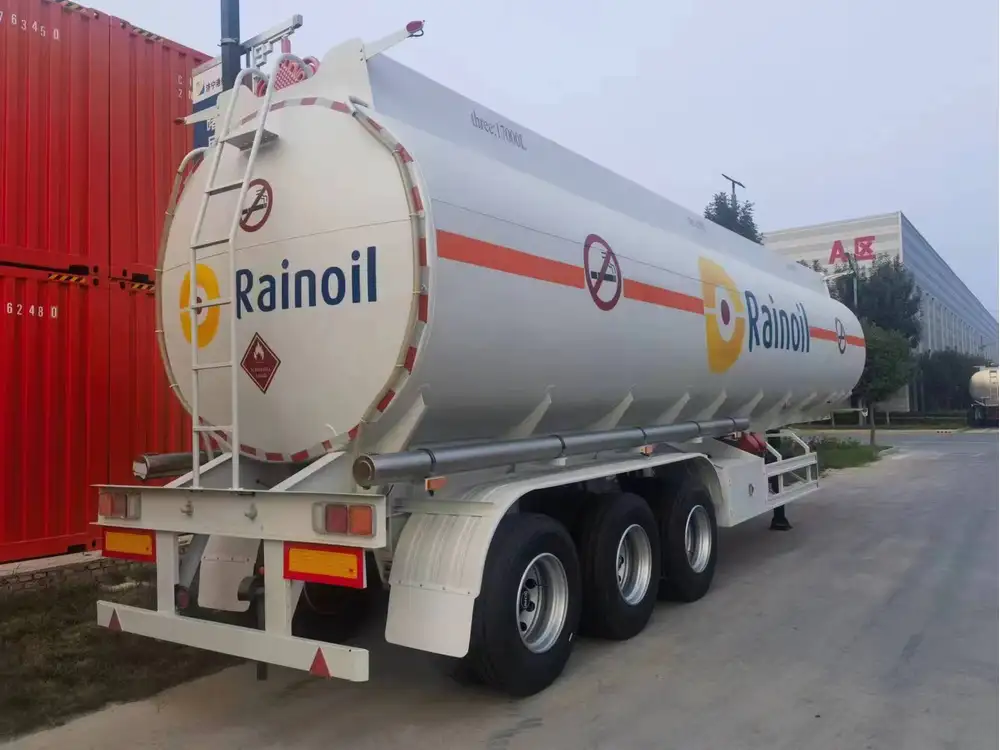In the world of logistics and transportation, the dimensions of semi-trailers play a crucial role in determining efficiency and compliance with regulations. One of the most common questions arises around the height of semi-trailers. In this article, we delve into the average height of semi-trailers, explore variations across types, examine how height affects transportation, and provide best practices for operators and manufacturers.
Average Height of Semi-Trailers
Semi-trailers come in various styles, each designed for specific types of cargo. The most common type is the box or reefer trailer, typically used for general cargo or temperature-sensitive goods. The average height for these semi-trailers usually ranges from 13.5 feet (162 inches) to 14.5 feet (174 inches).
Standard Dimensions
| Type of Semi-Trailer | Average Height | Description |
|---|---|---|
| Standard Box Trailer | 13.5 ft (162 in) | Common for general cargo |
| Reefer Trailer | 13.6 ft (163 in) | Insulated and equipped with refrigeration |
| Flatbed Trailer | 5.0 ft (60 in) | Used for transporting heavy machinery |
| Lowboy Trailer | 2.0 – 3.5 ft (24 – 42 in) | Specially designed for heavy loads |
These figures are essential for ensuring that operators follow the Federal Highway Administration’s height regulations. In the United States, the maximum legal height for a vehicle including a loaded semi-trailer is 13.5 feet on interstate highways.

Variations by Trailer Type
Different types of semi-trailers are designed for specific functions:
Reefer Trailers: Cooling systems often add height due to insulation panels. Average height is around 13.6 ft.
Flatbed Trailers: With a deck height of about 5 ft, the added height of cargo can vary greatly, impacting overall vehicle height during transport.
Lowboy Trailers: Designed for transporting oversized machinery, often resulting in a total height that is significantly less than traditional trailers due to their design, typically ranging from 2 ft to 3.5 ft.
These specifications showcase how diverse the trailer height can be based on its purpose.
Importance of Height in the Transportation Industry
Height is not just a number; it carries implications that can affect logistics, regulatory compliance, safety, and operational costs.
Regulatory Compliance
Operators must adhere to stringent regulations which define the maximum height limits for vehicles operating on public roads. Exceeding these limits can lead to fines, operational downtime, and increased insurance costs.
For instance, certain regions have lower height restrictions, especially when passing under bridges or through tunnels. Route planning thus becomes essential, particularly for those transporting oversized loads.

Impact on Load Configuration
Semi-trailer height influences how cargo is loaded and secured. A taller trailer may allow for a larger cargo volume, but it brings challenges in securing the load adequately to prevent movement during transit.
Aerodynamics and Fuel Efficiency
The height of a trailer also impacts its aerodynamics. A taller semi-trailer can result in increased wind resistance, potentially affecting fuel economy. By optimizing height and considering aerodynamic accessories, such as trailer skirts and boat tails, manufacturers and fleet operators can balance capacity with efficiency.
Best Practices for Semi-Trailer Operators
To maximize efficiency while adhering to regulations, operators must incorporate best practices around vehicle height management.

Document Measurement
Routine measurements of heights at various loading stages can help avoid unpleasant surprises on delivery routes. Utilize laser measuring devices or height sticks to ensure accuracy.
Route Optimization
Plan routes in consideration of local height restrictions, using GPS applications that facilitate truck routing. This can be crucial for avoiding roads with limitations and ensuring compliance with regional laws.
Training and Awareness
Providing training for operators about the importance of height, including regulatory implications and safety practices, ensures that fleet operations are conducted safely and effectively.

Conclusion
In summary, the height of semi-trailers varies widely according to type, purpose, and regional regulations. Understanding these variations is paramount for operators and manufacturers who aim to optimize their logistics and comply with industry standards. The average height of a semi-trailer generally hovers around 13.5 ft, allowing for flexibility and efficiency in various operations.
By incorporating comprehensive practices—ranging from routine documentation to effective route planning—operators can navigate complex logistics landscapes while ensuring safety and compliance. Whether you are a manufacturer striving for efficiency in design or an operator keen on maximizing your fleet’s capabilities, an in-depth understanding of trailer height—and its impact on operations—will serve as a cornerstone of your success.
Need More Information?
Should you desire more detailed insights regarding semi-trailers or wish to explore custom solutions for your transportation needs, don’t hesitate to reach out. We are here to guide you through every aspect of semi-trailer specifications and innovations in the logistics industry.



